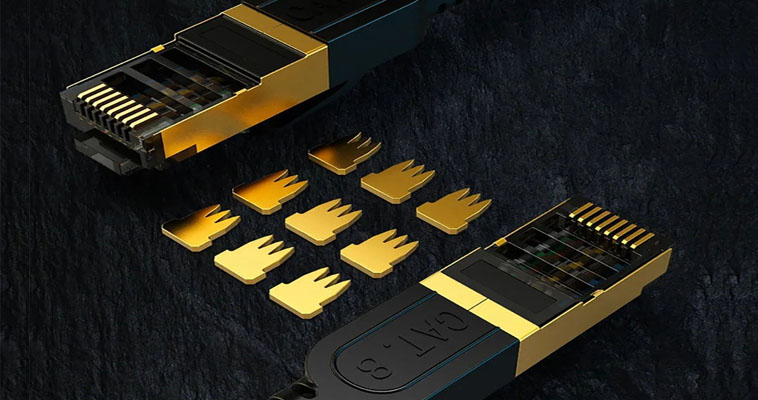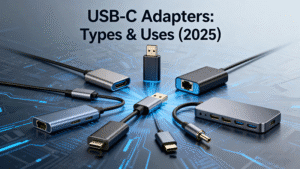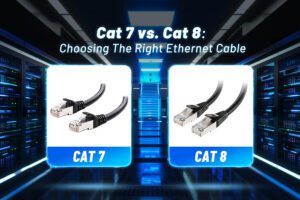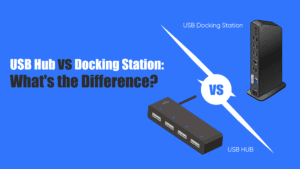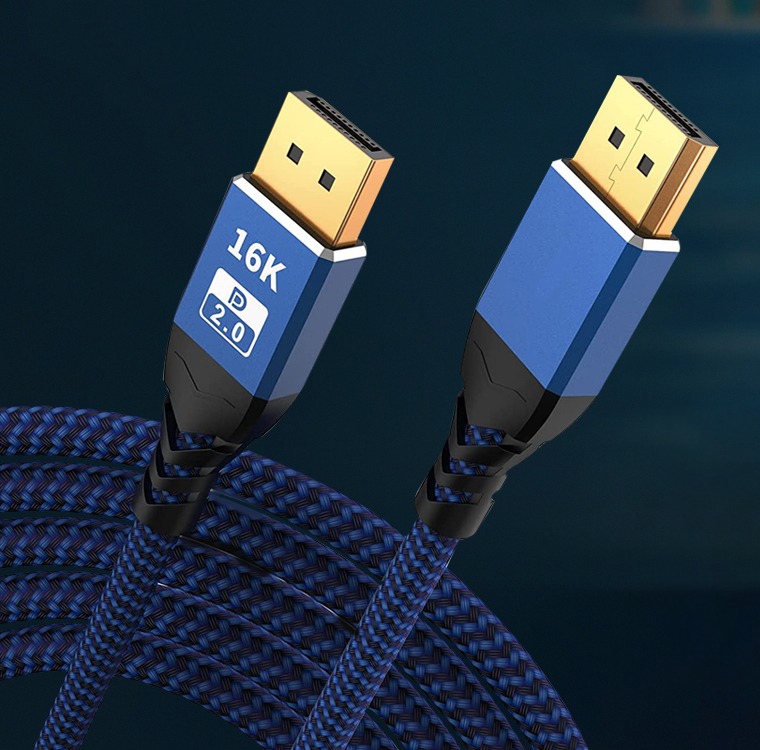What Is an Ethernet Cable and Why Is It Used?
First things first: Ethernet is an Internet technology that facilitates the connection between different devices on a single network. An Ethernet cable is a physical, encased set of wires that connects to your modem or router as well as the device you’re using (like your computer). Plugging this cable in allows data to travel directly between connected devices via a unique language known as a protocol.
Are All Ethernet Cables the Same? What Types of Ethernet Cables Are There?
While all types of Ethernet cables work in more or less the same way, there are key differences between Ethernet cables that you should know before purchasing one. Ethernet cables are made up of twisted pairs of wires, typically insulated to reduce electromagnetic interference. Below, learn more about different types of Ethernet cables and how they work.
CAT5E
Speed: Up to 1 Gigabit per second (Gbps)
Distance: Up to 100 meters
Frequency: Up to 100 MHz
Applications: Common for home and small office networks, suitable for basic internet browsing, streaming, and online gaming.
CAT6
Speed: Up to 10 Gbps
Distance: Up to 100 meters
Frequency: Up to 250 MHz
Applications: Suitable for faster internet speeds, demanding applications like online gaming, video editing, and large file transfers.
CAT7
Speed: Up to 10 Gbps
Distance: Up to 100 meters
Frequency: Up to 600 MHz
Applications: Offers improved performance over CAT6, suitable for high-speed networking and demanding applications, although its use is less common.
CAT8
Speed: Up to 40 Gbps
Distance: Up to 30 meters (for CAT8.1) or 20 meters (for CAT8.2)
Frequency: Up to 2000 MHz
Applications: Best suited for high-performance data centers, commercial buildings, and applications requiring extremely high speeds and low latency.
Choosing the Right Cable
Speed: If you need faster internet speeds, consider CAT6 or higher.
Distance: For long distances, CAT5E might be sufficient, while CAT6 or higher is better for shorter distances.
Budget: CAT5E is generally more affordable, while CAT6 and higher are more expensive.
In summary
CAT5E is the most basic and affordable option, suitable for most home and small office networks.
CAT6 offers faster speeds and better performance than CAT5E.
CAT7 provides even better performance, but its use is less common.
CAT8 is the latest and fastest option, intended for high-performance


